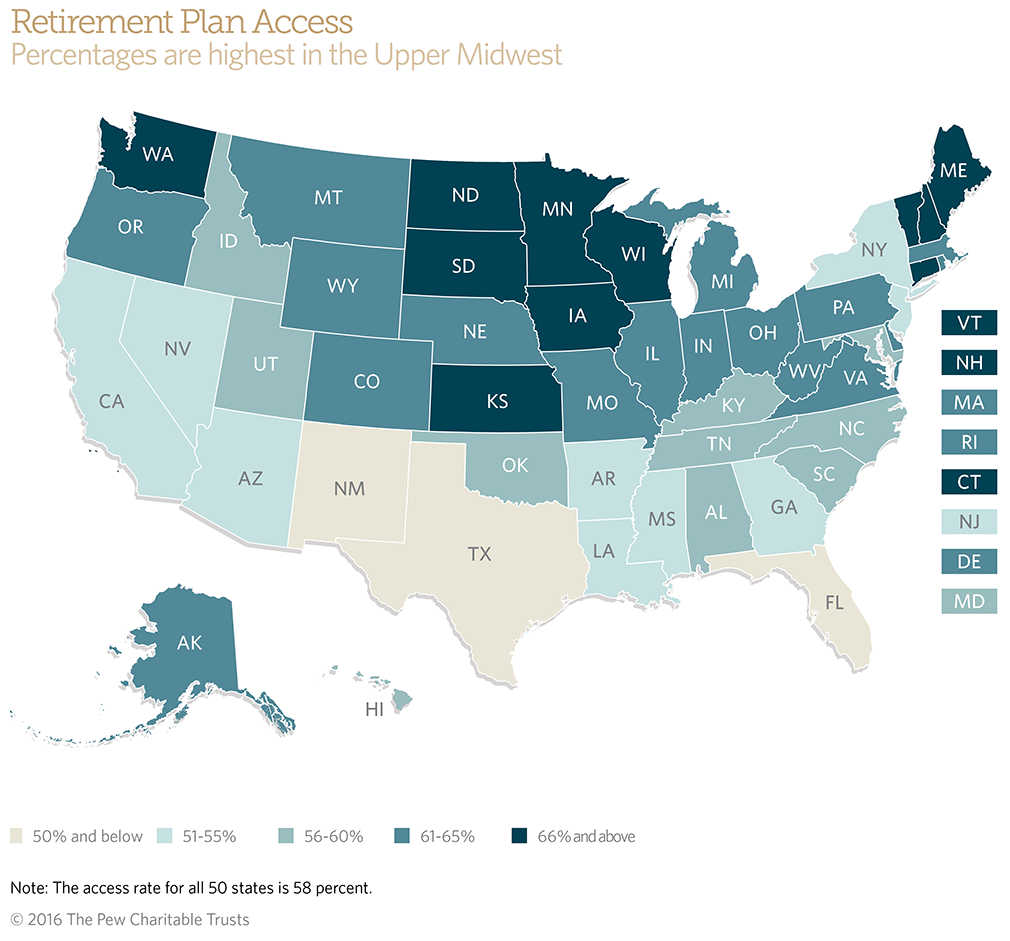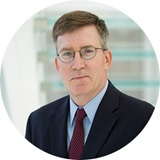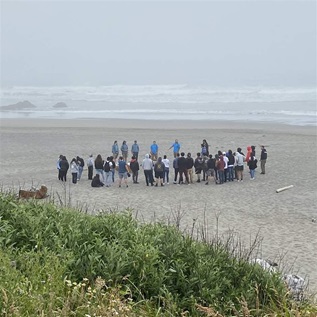How to Increase Access to Retirement Savings: California's New Requirements
Pew and the California Budget & Policy Center convene panels on the state’s Secure Choice Act

A Pew analysis has found that 6 million full-time private sector employees in California do not have access to an employer-sponsored retirement plan.
Getty Images
On Nov. 17, The Pew Charitable Trusts and the California Budget & Policy Center will co-host panels in Sacramento with experts discussing California’s Secure Choice Retirement Savings Program, with a focus on how it will work and what it means for employers and employees. The Secure Choice Act, signed by Governor Jerry Brown (D) in September, requires businesses with five or more employees that do not provide retirement benefits to enroll their workers in a state-sponsored retirement plan.
The keynote speaker will be State Controller Betty Yee. Panelists will include Chris Hoene, executive director of the California Budget & Policy Center, and John Scott, director of Pew’s retirement savings project.
The U.S. population is aging, and traditional pensions are declining. A Pew analysis has found that more than 30 million full-time private sector employees in the United States do not have access to an employer-sponsored retirement plan—and 6 million of these workers are in California, which is 51 percent of the state’s private sector workforce. Only workers in Florida, New Mexico, and Texas have less access to retirement benefits than those in California.
California’s Secure Choice Act created the Secure Choice Retirement Savings Program, a state-sponsored individual retirement account. Under the law, employers are not required to contribute matching funds and have no liability for administrative costs or investment losses. Employees can opt out at any time. Beyond these basic rules, there are many details for policymakers to work out. The November panelists will discuss these issues in-depth to help ensure that the vision of Secure Choice—a safe and convenient private sector retirement option that protects workers, businesses, and taxpayers—is made real for millions of Californians.













